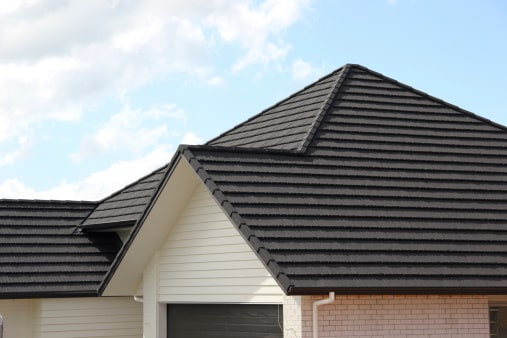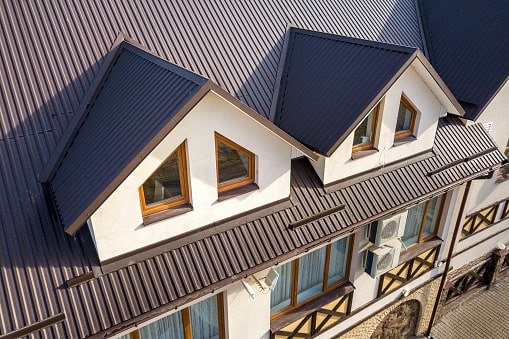Does a Metal Roof make a House Hotter or Cooler? A Brief Guide
Everyone wants to get the most out of their investment when replacing their roofs, but completing appropriate research and selecting reputable professionals with experience always works well. Metal roofing is quickly becoming a popular choice for many people due to its numerous advantages.
Have you ever wondered whether a metal roof will make your house hotter or cooler?
They will undoubtedly keep your home cool during the hot summer months. Some people are concerned that metal roofs would cool your house down during the cold, making it cooler and increasing your energy costs. But that’s not the truth. It will also keep your house cozy in winter.

Metal Roof for Summers
A big myth is that metal roofs are excessively hot during the summer and cause an overheated home interior. However, metal roofs only heat your home as much as other roofing materials, such as asphalt shingles. They can help to keep your house cool in the summer.
Metal roofing is a very energy-efficient material that can help homeowners reduce their energy consumption and save money on their energy bills. Metal, rather than absorbing the heat in the atmosphere, keeps hot air out, minimizing the amount of air conditioning you need on any given day.
Because of their reflective and lightweight nature, metal roofs may achieve this temperature equilibrium. This is because metal, especially a light-coloured metal roof, can reflect the sun’s rays off the surface rather than absorb them.
Dark hues absorb more heat. Simply pick lighter-coloured roofing to avoid excessive temperatures. Metal roofs also cool off faster than shingles since they are lightweight. Finally, if your new roof is of excellent quality and professionally built, you do not have to worry about your house overheating.
Metal Roof for Winters
The top of your metal roof will stay within 5 degrees of the typical asphalt shingle roof, according to research by the US Department of Energy, even during the coldest temperatures. Most metal roofs will be a few degrees hotter during the day and several degrees colder at night than their competitors.
This surface temperature, however, does not affect the internal temperature of your home. In addition, when the outdoor space beneath the roof is evaluated, metal roofs keep the air 15 degrees warmer than standard shingle roofs.

Colorado’s weather changes yearly, but we usually get at least one snowstorm each winter. When it snows, ice and snow can rack up on your roofing, weighing it down. Other roofs can crumble under pressure, while metal roofs simply fall off once the temperature climbs beyond freezing.
Contact a metal roofing supplier in Colorado for high-quality metal roofing and siding to keep your house cosy during winters and cooler in summers.
It’s not all metal
Your roof cladding is presumably metal, but the rest of your roof isn’t. The joists are most likely constructed of wood, and your insulation will be built of something altogether different.
All of these items will help to keep your house cool and warm both. One of the essential factors in deciding how warm your home is will be the insulation – when a property is well built, heat from a metal roof will go outdoors, not indoors.
Other benefits of a metal roof
Metal roofs, as previously said, are incredibly durable. They are fire retardant and can resist wind rates up to 120 miles per hour. Metal roofs are more impact resistant than regular shingles. These features protect you and your loved ones safely and reduce the need for maintenance and enhance the lifespan of your roof.
You will save money on maintenance and energy bills compared to asphalt shingles. These savings increase over time, making metal roofs considerably more cost-effective despite the high initial investment.
Conclusion
The amount of heat absorbed by the roof is undoubtedly affected by the roof material. The structure between the roof material and the inner space below is a more important aspect of protecting your home from overheating in hot weather. When you install a new metal roof, your roof structure usually stays the same.
Even after installing a new metal roof, a poorly constructed roof will continue to cause heating and cooling problems within your home. Having enough roof ventilation and ceiling insulation is vital to keep your home’s heating and cooling expenditures in check.
